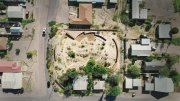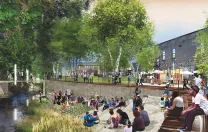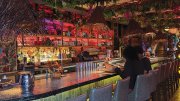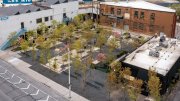Four years ago, Joseph Kunkel was running himself ragged directing a two-person nonprofit providing technical assistance to tribal housing authorities. Today, that initiative has become MASS Design’s Sustainable Native Communities Design Lab, an office of 18 in Santa Fe led by Kunkel and focused on fostering wealth, well-being, and healing in Indian Country.
Kunkel, a citizen of the Northern Cheyenne, had just emerged with his graduate degree in architecture in 2009, intent on pursuing work on behalf of native communities, when he met several members of MASS Design, including Michael Murphy, at a conference on inclusion. A three-year Rose Architectural Fellowship beginning in 2012 enabled him to develop a housing plan for the Kewa Pueblo near Santa Fe while learning about tribal housing authorities and the intricacies of federal grant processes. By the end of his fellowship, construction had begun on the 41-unit Wa-Di Housing Development, built in a style specific to the Kewa culture, with an integrated community center and a revitalized historic trading post. His nonprofit, the Sustainable Native Communities Collaborative, also emerged from that fellowship.
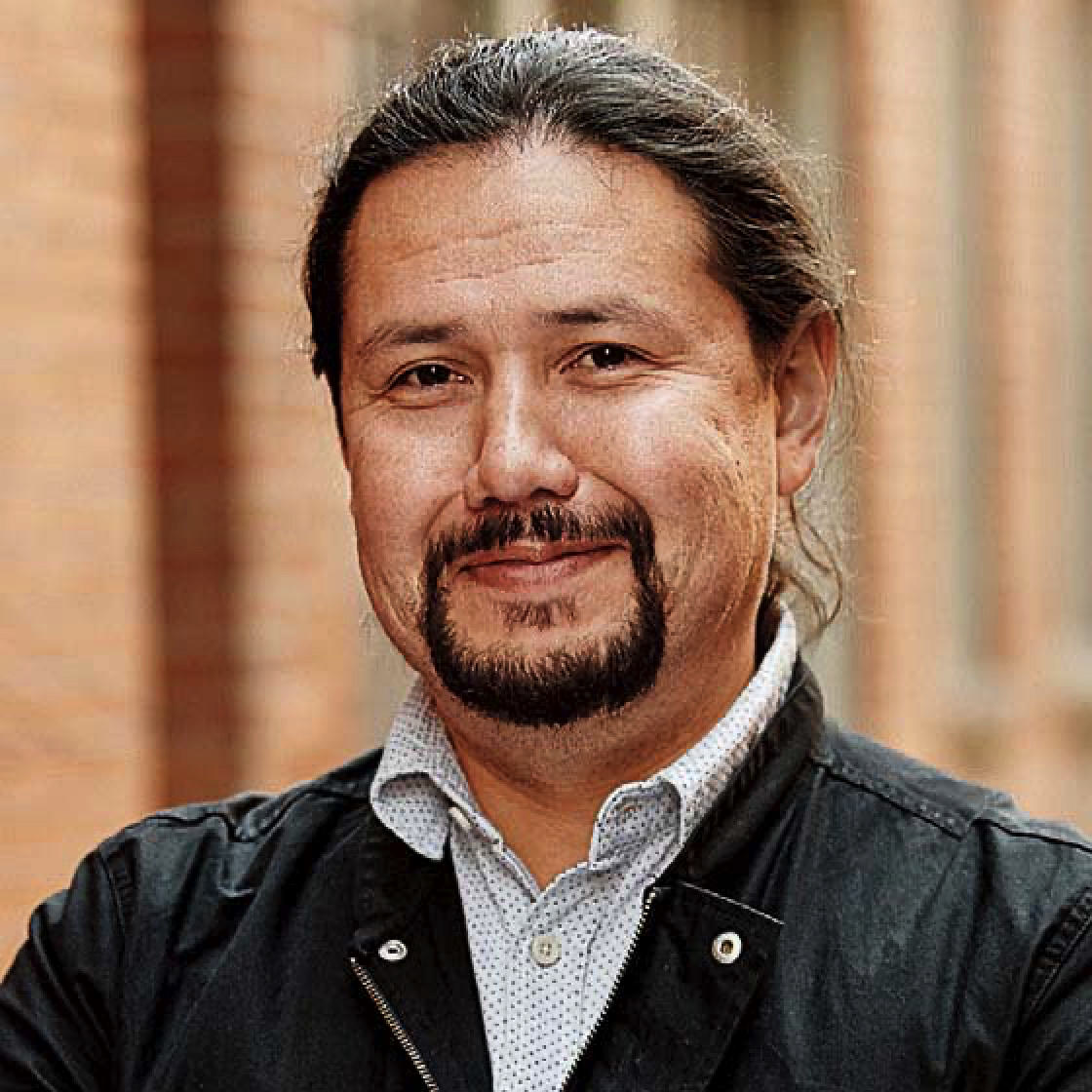
Joseph Kunkel
Photograph by Tony Luong
Combined with teaching commitments, the work left Kunkel and his lone colleague living from one airplane flight to another, assisting with projects from Spokane to South Dakota. It was exactly the kind of work he wanted to do, he said, but “We needed to have the infrastructure and the capacity to show up fullheartedly to do the work, rather than travel, go home, spend all night doing work, get back on the road.”
In 2017, Murphy came to Santa Fe for a month-long sabbatical. “I saw myself in him, in a way,” he said of Kunkel, who needed operational support and a donor base. MASS Design provided both. It was an investment in social change made possible by the firm’s nonprofit structure and mission-centered focus.
Coming together appealed to Kunkel for other reasons, too. “I thought the world had a lot to learn from Indian Country,” he said. MASS Design’s community-centered approach brought rigor to an ad hoc pre-design process, and its financial model made possible projects that otherwise wouldn’t get done. By breaking down barriers to who has design services and thinking critically about the role of design in fostering a more equitable society, Kunkel said, “We’re creating a market where there is no market.”
The Santa Fe office is engaged in more than 20 projects, among them the preservation of the Lipan Apache Cemetery in Presidio, Texas, the Barelas Central Kitchen, a commissary kitchen in Albuquerque, New Mexico, that will provide training for 20 culinary entrepreneurs, and a Japanese American Internment Memorial at the United Tribes Technical College in Bismarck, North Dakota, a school built on the site of an Army fort during the Indian wars as well as a World War II internment camp.
